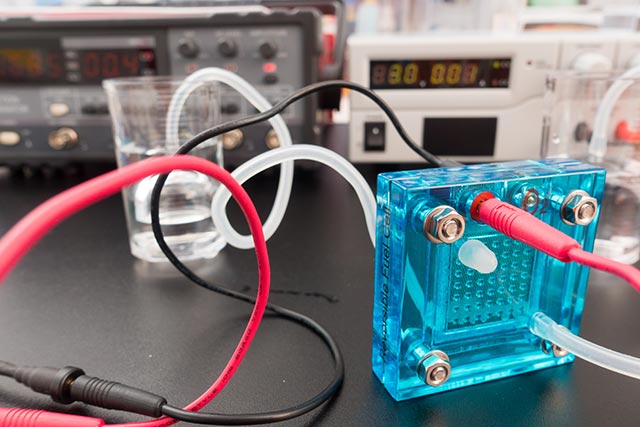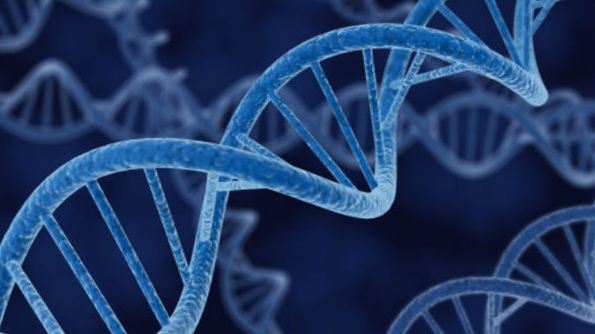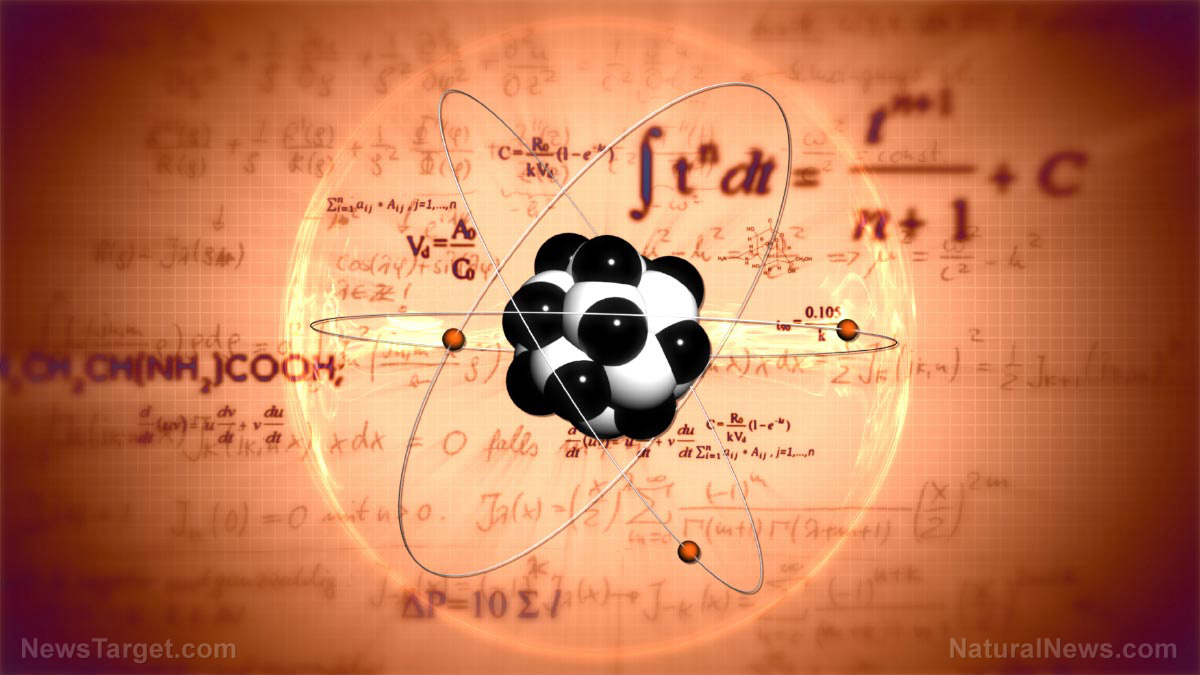New artificial photosynthesis device to be used to harvest clean hydrogen fuel
08/10/2018 / By RJ Jhonson

Science is not new to seeking inspiration from nature. A photochemical diode capable of artificial photosynthesis could be the latest solution to obtaining clean energy, says research published in the journal Nature Communications.
The device is comparable to a conventional solar cell – they are, in fact, made from almost the same materials. It uses silicon for its body, much like a solar cell, with microscopic towers of gallium nitride usually found in light-emitting diodes.
When light hits the wafer, the gallium nitride converts the photons into mobile electrons and positively charged vacancies called holes. This creates an electric field that separates water molecules into the component atoms: hydrogen and oxygen. This process is why the device, and others like it, is also known as a water splitter.
This newly developed photochemical diode is far from being the first of its kind. Several experiments in the past have successfully created similar devices capable of photosynthesis. However, this recent take is the most efficient yet.
While earlier attempts achieved an efficiency rate of only one percent, this recent iteration was able to obtain a three percent efficiency rate, just a few points shy five percent, the standard efficiency rate required for commercialization. For comparison, natural photosynthesis, the process performed by plants and cyanobacteria to produce sugar or fuel, has an efficiency rate of just 0.6 percent.
Moreover, it’s worth noting that the technology, in general, has been under development for more than 40 years before this outcome was achieved. The designers are aiming to improve the design and deliver 20 to 30 percent efficiency.
The device works with just sunlight and water, which could either be fresh- or saltwater. It bears some similarities with solar panels, but with some very notable differences. For one, solar panels store energy in batteries in the form of electricity. This water splitter produces chemical fuel – just like regular photosynthesis – but in the form of hydrogen.
This offers a number of advantages over conventional solar power. One of the biggest criticisms on solar panels has to do with their power storage limits. Batteries can only store so much power and the ones that can store significant charges tend to fetch a higher price. For this reason, solar panels are a considerably expensive investment.
Because water splitters yield chemical fuels, storage is cheaper and easier. Also, the traditional means of harvesting hydrogen fuel uses either natural gas or electricity which are either pricey or bad for the environment. Water splitting is eco-friendly and does not produce waste.
But why hydrogen fuel? Hydrogen fuel is flammable and so is used the same way as petroleum products. However, hydrogen burns cleanly and does not produce noxious gases as a byproduct. Burning hydrogen fuel only produces water. (Related: Hydrogen fuel cells are safe and effective, but technology is not yet ready for mass market.)
The creators of the of the photochemical diode are looking into other applications for their device. One possibility involves stripping carbon dioxide of its oxygen atom to convert it into hydrocarbons like methanol. If realized, this could turn the device into something more akin to actual plants, which remove carbon dioxide from the atmosphere and converts it to fuel.
Other technologies inspired by nature
Over the years, humanity has looked to nature for ideas on new technologies. Here are some of the most notable examples:
- Velcro – This fabric fastener used in a wide variety of garments, bags, and other textile applications was based on burdock burrs.
- Wind turbines – Today’s wind turbine blades are designed with grooves patterned after whale fins, helping the huge machines operate more efficiently while creating less noise.
- Bullet trains – The design of newer bullet trains lets them operate with less noise and makes them more aerodynamic. This was based on observations of kingfishers.
For more stories on the latest fuel-related inventions, go to Inventions.news.
Sources include:
Tagged Under: artificial photosynthesis, breakthrough, Clean Energy, clean fuel, future science, future tech, goodtech, hydrogen fuel, innovation, inventions, nature, nature-inspired, photosynthesis, research, science and technology, weird science



















